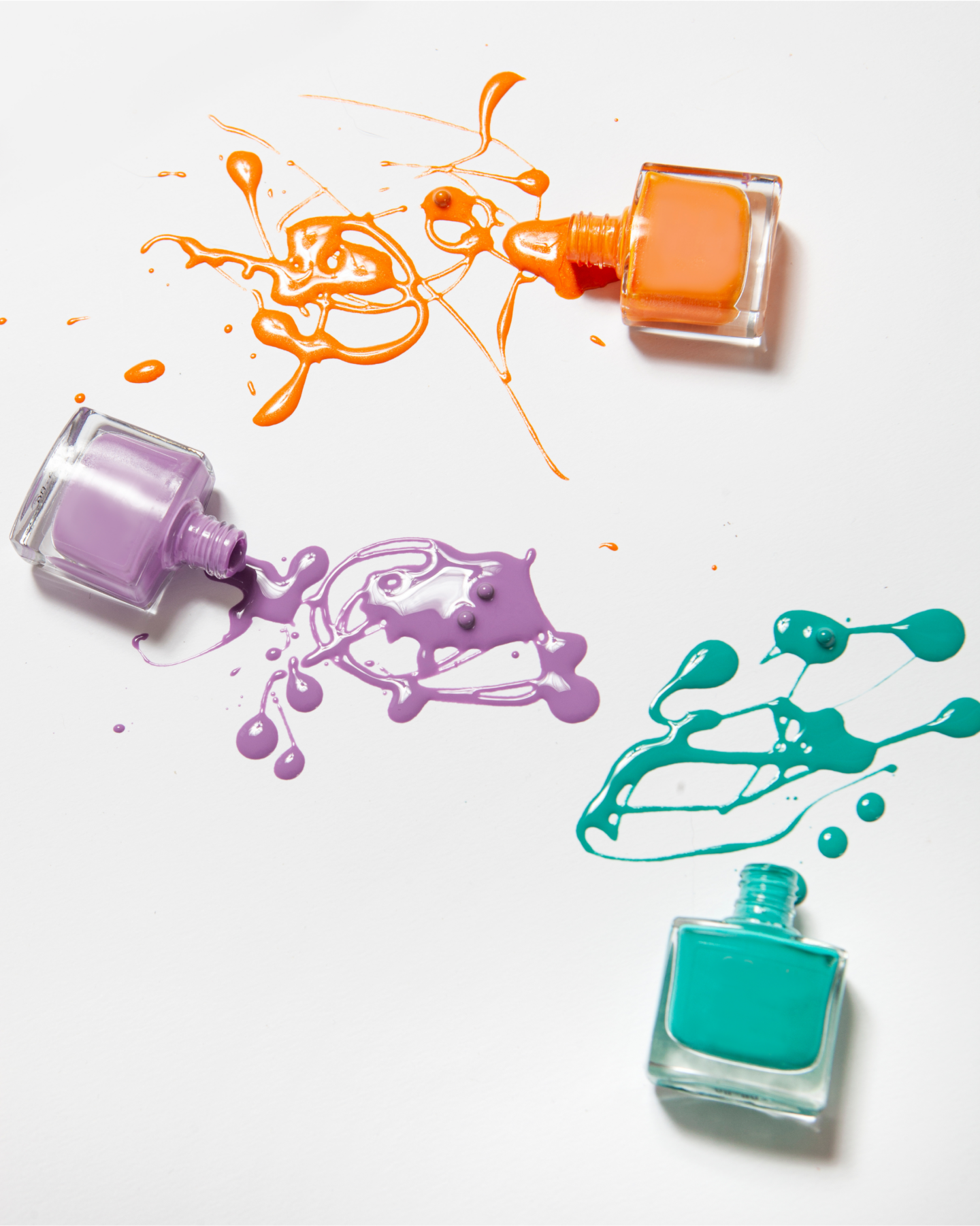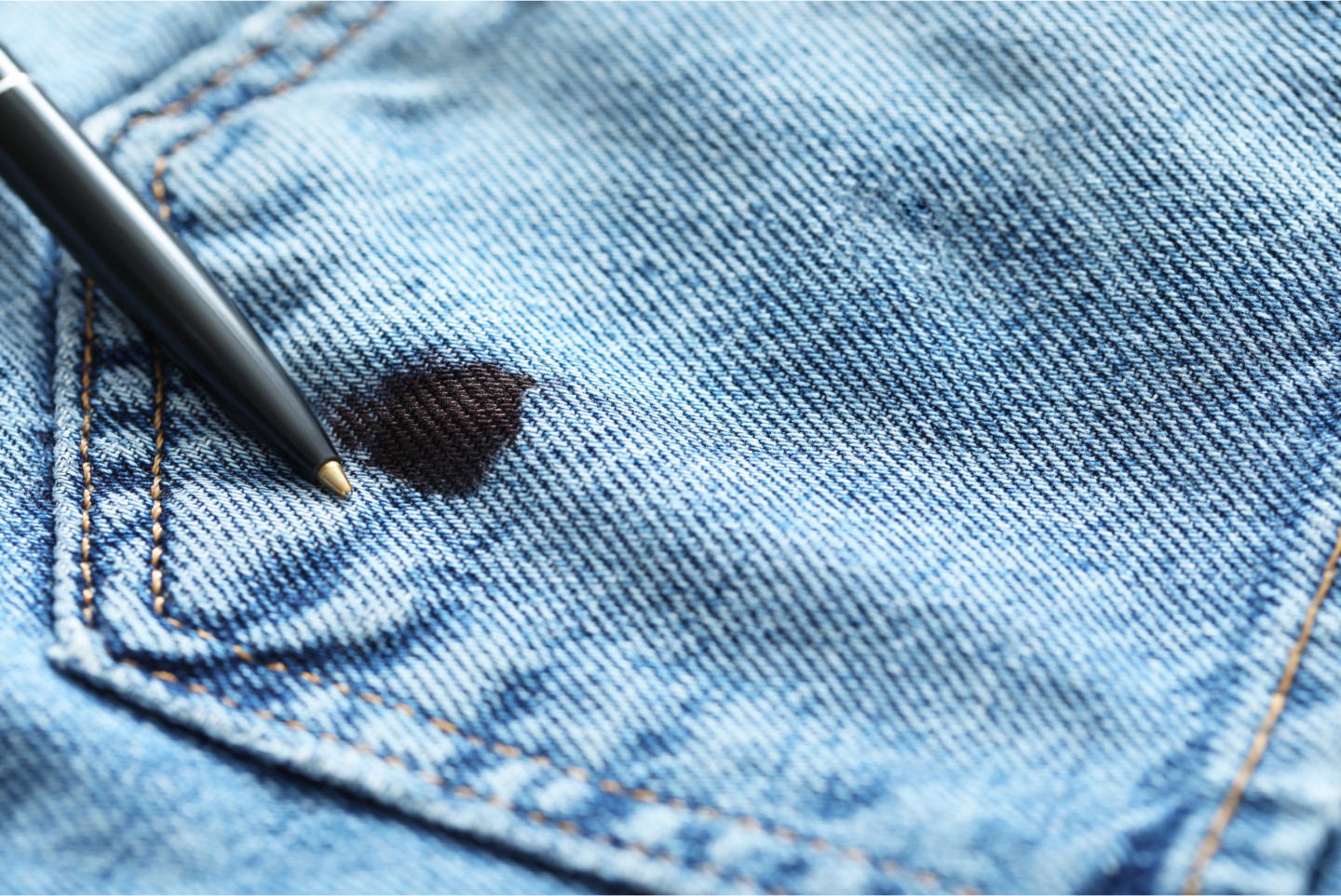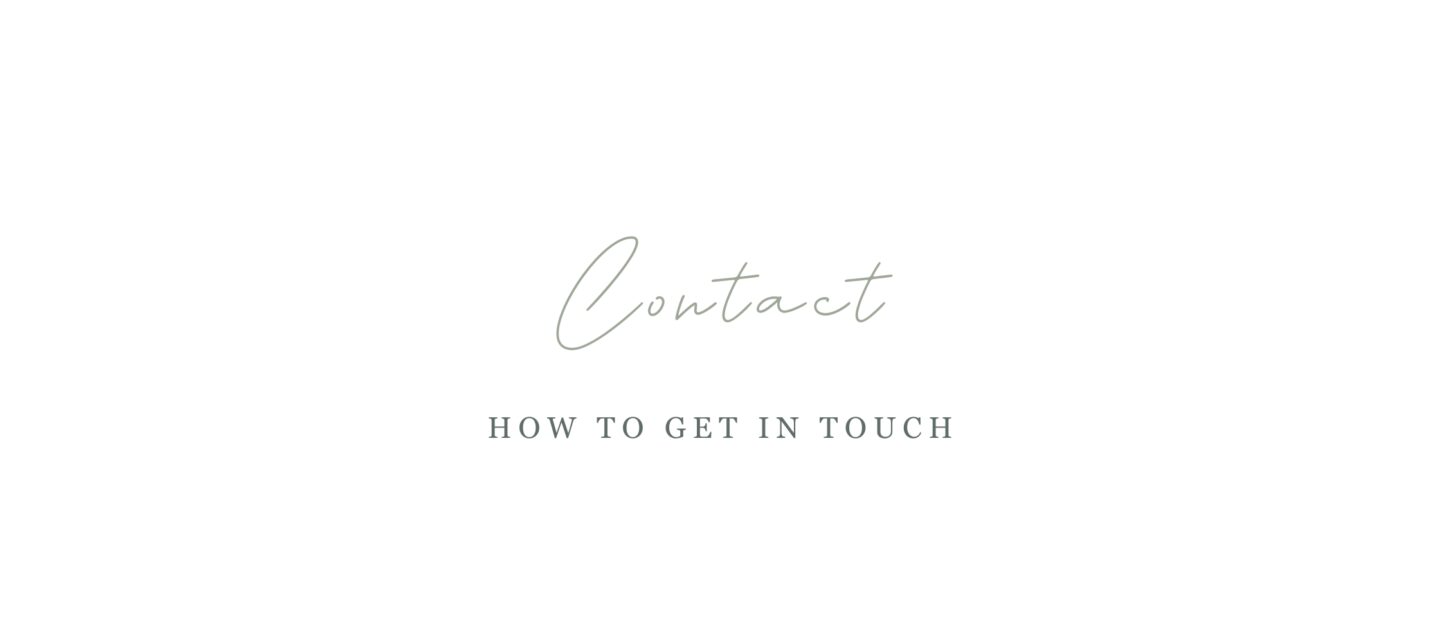Whether it’s a coffee spill on your favourite shirt or a tan stain on your sheets, removing tough stains from fabric can be frustrating. However, you can effectively tackle even the most stubborn stains with the right approach and some practical techniques.
In this blog, we will explore some tried-and-true methods to help you remove all sorts of tough stains from fabric and clothes.

How To Remove Nail Polish From Fabric?
Accidentally spilling nail polish on your favourite fabric can be distressing. The vibrant colours and intense pigmentation of nail polish make it a tough stain to remove. I’ve listed some helpful tips to help you remove those dreaded nail polish stains.
The trick to minimizing damage from nail polish stains is to act quickly. The longer the nail polish sits on the fabric, the harder it becomes to remove. As soon as you notice the colour, take immediate action.
Before treating the stain, gently scrape off any excess nail polish using a plastic spoon, credit card, or blunt knife. Be careful not to press too hard; you don’t want to push the stain deeper into the fabric.
When removing tough stains from fabric, avoiding rubbing or smearing the stain further into the fabric is crucial. Instead, gently blot the stain with a clean cloth or paper towel. Begin at the outer edges while working your way inward to prevent spreading.
For most fabrics, acetone-based nail polish removers effectively break down and remove nail polish stains. However, you should always test the nail polish remover on a tiny section of the fabric to first ensure it doesn’t cause any damage or discolouration.
If you don’t have a nail polish remover on hand or prefer a milder approach, dishwashing liquid can effectively remove nail polish stains.
- Mix warm water with a small amount of washing-up liquid to create a soapy solution.
- Gently blot the stain with the solution using a clean cloth or sponge.
- Thoroughly rinse out the fabric with cold water to remove any residue.
After successfully treating the nail polish stain, washing the fabric, as usual, is essential. Check the fabric care label for washing instructions and follow them accordingly.

How To Remove Self-Tan Stains From Fabric?
Sometimes we all need help getting that sun-kissed glow, so in comes the beloved self-tanner. However, self-tan mishaps can leave unsightly stains on clothing and fabrics. With the below techniques and a little patience, you can successfully remove self-tan stains and restore your materials to their former glory.
Just like with nail polish stains, you will want to ensure you act quickly and always remember to blot and not rub. Below are some handy tricks to removing self-tan stains with products you most likely have around the house.
An effective trick is to use lemon juice’s natural bleaching properties to help lighten self-tan stains. Here’s how to use it:
- Squeeze fresh lemon juice onto the stain directly and allow it to sit for a few minutes.
- Use a sponge or clean cloth to blot the stain gently.
- Rinse the fabric with cold water.
- Note: Lemon juice may cause colour fading, so test a fabric patch first.
Vinegar is another effective remedy for self-tan stains. Follow these steps:
- Moisten a clean cloth or sponge with white vinegar.
- Blot the stained area, applying gentle pressure.
- Rinse the fabric with cold water after the stain has lifted.
- If needed, repeat the process or move on to the next method.
Baking soda or baking powder acts as a gentle abrasive and can help lift self-tan stains from fabric. Here’s how to use it:
- Mix baking soda with a small amount of water to create a paste.
- Rub the paste into the stained area gently using a clean cloth or sponge.
- Leave the paste on for about 15 minutes.
- Rinse the fabric with cold water and launder as usual.

How To Remove SPF Stains From Fabric?
While SPF is essential for protecting our skin from harmful UV rays, it can leave behind stubborn stains on clothing and fabric. Dealing with SPF stains can be challenging, but fear not! I’ve listed some valuable tips to help you say goodbye to those pesky SPF stains.
Pre-treating the SPF stain can significantly improve your chances of successful removal. Follow these steps:
- Apply a small amount of washing-up liquid or mild laundry detergent directly to the stain.
- Gently rub the washing-up liquid into the stain with your fingers or a soft brush.
- Allow the detergent to penetrate the stain for about 10-15 minutes.
After pre-treating the stain, rinse the fabric with cold water. Hold the stained area under running water, allowing the water to flow through the fabric. Doing so will help remove the excess detergent and loosen the SPF residue.
If the SPF stain persists, use stain removers or natural alternatives. There are several options to explore:
- Stain removers: Look for stain removers specifically formulated to tackle tough stains like SPF. Follow the instructions included and test the product on a small, inconspicuous area of the fabric before treating the stain.
- Lemon juice: Lemon juice’s natural acidity can help break down the stain. Apply lemon juice directly to the stain, let it sit for a few minutes, and rinse thoroughly with cold water before laundering.
- Vinegar: White vinegar is another natural stain-fighting agent. Mix equal parts water and white vinegar, apply it to the stain, let it sit for a few minutes, and rinse with cold water before laundering.

How To Remove Deodorant Stains From Clothes?
Deodorant marks on clothes can be frustrating, especially when hurrying to get dressed. But fear not!
With simple techniques and readily available household items, you can successfully remove deodorant stains and keep your clothes looking fresh.
Rubbing the affected area with a fabric or nylon material can often do the trick for fresh deodorant marks that haven’t fully set into the fabric. Rub the fabric against the mark gently, circularly, to lift the deodorant residue.
You can also use a damp cloth to help remove deodorant marks, especially on delicate fabrics. Here’s how to proceed:
- Wet a clean cloth with warm water.
- Gently blot the deodorant mark, applying slight pressure to lift the residue.
- Continue blotting until the mark begins to fade.
Lemon juice and white vinegar are also effective for deodorant stains. Follow the steps from above.
For stubborn deodorant marks, pre-soaking the garment can help break down the residue. Here’s what to do:
- Fill a sink or basin with cold water.
- Add a small amount of laundry detergent or stain remover to the water.
- Submerge the stained garment and let it soak for 1-2 hours or overnight.
- Launder the fabric as usual after pre-soaking.

How To Remove Ink Stains From Fabric?
To prevent the stain from spreading, use petroleum jelly to create a barrier around it. Afterwards, apply isopropyl alcohol using either an eyedropper or a clean toothbrush.
Remove any residue by gently dabbing with a cotton ball soaked in mineral spirits. Allow the fabric to dry, then rinse it with a dish soap solution.

How To Remove Makeup Stains From Clothes?
If you only have soap and water available, you can still remove a makeup stain from your clothes. However, avoid using a paper towel or napkin for the job. Instead, try the following steps:
- Dab the stain with cold water and apply a small amount of soap.
- Rub the fabric against itself, using friction to lift the stain.
- This method is preferable to using a paper product, which can flake off and leave behind white bits that may make the stained area appear worse until you can properly wash it.
Removing tough stains from fabric and clothes can be frustrating, but with the right techniques, you can achieve excellent results. Remember to act quickly, blot instead of rub, and pre-treat stains appropriately.
Natural stain removers can be highly effective, but always test them first. If all else fails, don’t hesitate to seek professional help. By following these tips, you’ll increase your chances of restoring your garments to their former stain-free glory.
If you would like to watch more videos and pick up some more DIY and lifestyle tips, check out the videos on my YouTube channel where you will find a new video every Thursday and Sunday! Or click here for more home, DIY and lifestyle posts!


Good advice!